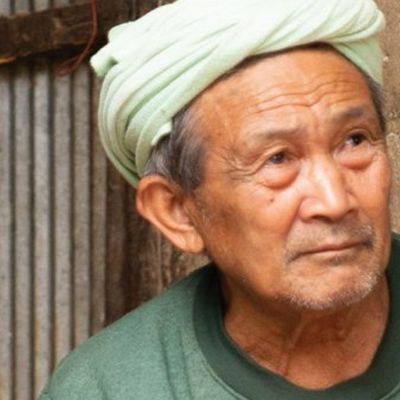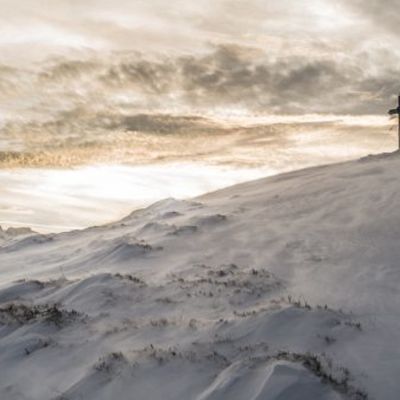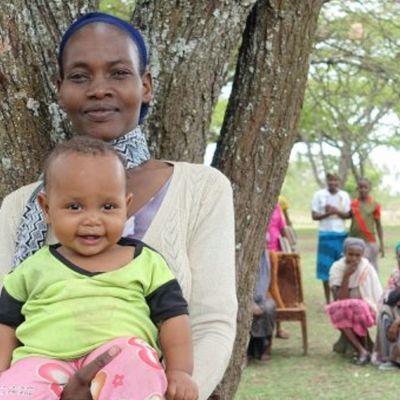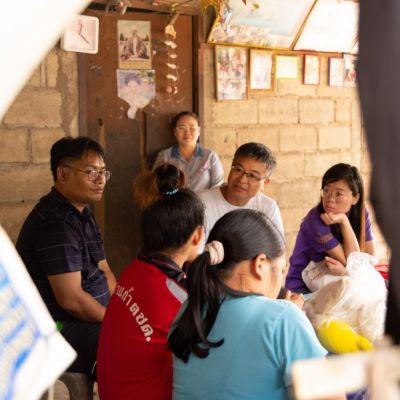Written by: Lai Ka Chun
In mid-2018, a junior football team and their assistant coach were rescued after 18 days in Tham Luang Nang Non cave in Chiang Rai Province, Thailand. Their 25-year-old coach’s care in the cave was indispensable. This incident made the coach a hero in Thais’ hearts. However, this coach was originally stateless, as well as the other 3 boys, who had no Thai citizenships.
According to UNHCR, there are about 480,000 stateless people in Thailand, and most of them were living in remote mountainous area near the border. As they belonged to no country, they could not enjoy the rights of education, healthcare, employment, and social security as other citizens. Even though they lived on Thailand’s border generation after generation, their identities were not recognised by the country.
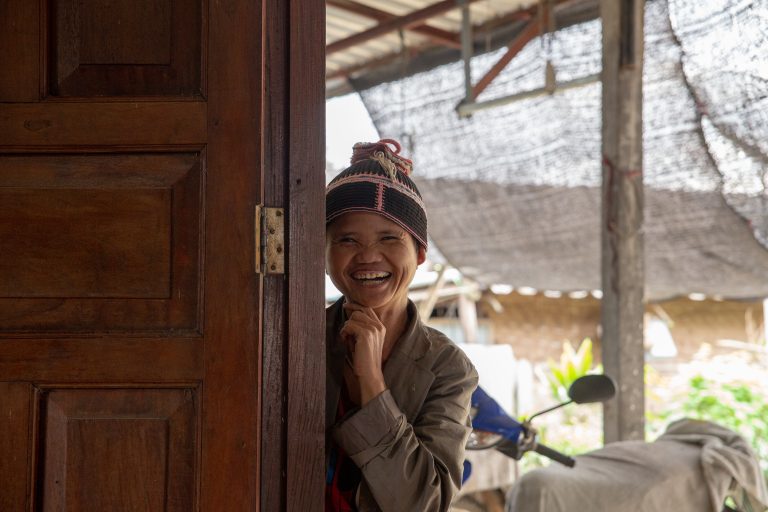
For stateless people were marginalised by the mainstream for long, their situation was rarely known. Although the coach and the boys passed the verification of identity last August and were naturalised as Thais, it was likely due to their worldwide attention.
“I am of hill tribes.”
Tui , from Karen tribe in northern Thailand and a CEDAR’s companion, has concerned on rights of hill tribes in northern Thailand for over 20 years. His antecedents migrated from Myanmar to northern Thailand. Tui grew up in the hills and witnessed the hardship of hill tribes as second-class people since young. During his adolescence, he moved to a small town nearby the border with his family and learned Thai and English. Upon university graduation, he did not start working in hotels in the city as his fellow hotel management graduates, but he spent a year to visit 60 villages along Thai-Myanmar border. He saw poverty in tribes. Tui said, “Since then, I changed my path. As part of the hill tribes, the tribal blood is running in me, I can probably help them.”
Being brought up in town, Tui deeply understood the importance of language learning. After graduating, he volunteered for teaching hill tribe children Thai at a school. He hoped that the children could use Thai and hence minimise the discrimination against them when they continued their study in town. Later, he joined an international Christian children organisation and spent eight years there to learn about poverty alleviation and development work. This experience broadened his horizons and equipped him with community-based development skills. Tui dedicated himself to hill tribes’ advocacy and development after leaving the organisation. He joined another Christian organisation, Upland Holistic Development Project (UHDP), to help hill tribes in aspects of agricultural enhancement, advocacy for their civil rights and natural resources.
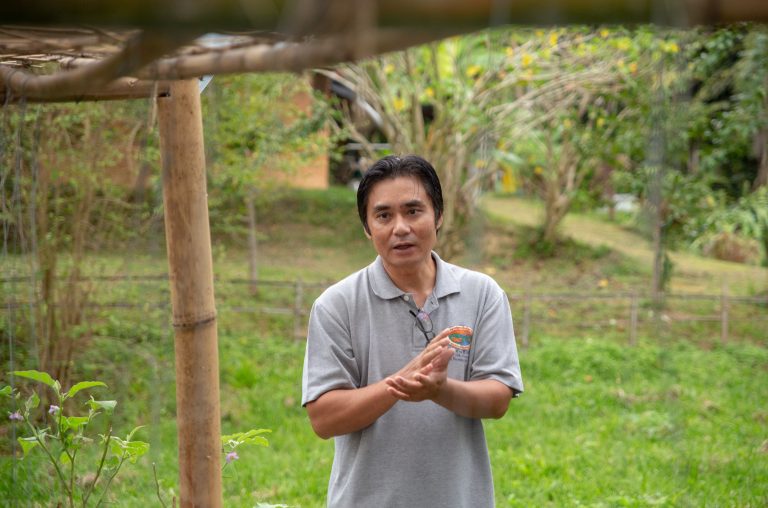
“Many hill tribes living near northern Thai, Myanmar and Laos borders are stateless. For example, Karen people have been living in northern Thailand for more than 700 years, but they, like other tribes, have no land rights and no proof of ownership of the land they live on,” Tui said. In recent years, the Thai Government began developing national parks or forests on a lot of hill lands, meaning that the lands belonged to the state. This made it more difficult for tribes who had been there for generations to obtain land ownership. This seizure of land entitlement implied that their homeland for years can be taken away suddenly, putting the tribal communities in an even more vulnerable condition.
Developing the Sense of Belonging to the Land
However, it is never easy to fight for hill tribes’ land entitlements. Therefore, on one hand, Tui works with other NGOs to delegate tribal representatives to submit appeal to the government and advocate for their rights of land; on the other hand, he helps them register their identities to gain official recognition for legal residency. In fact, it takes time to advance changes of the government’s policy on hill tribes.
Prior to any change in policy, poverty of hill tribes is the current challenge Tui has to respond. Tui shared, “Though they do not have the official land rights, while they are still living here, they have to learn how to preserve and utilise land resources they depend on. They have to develop the sense of belonging to the land.” Tui and other UHDP members then organise residents to form a management committee, and make a plan of hill lands with the help of technology, so that they can set rules of use. UHDP also suggests organic farming and land protection that their farming methods are more suitable for their lands, and hence their income increases in long term. Tui said, “They love the forests. We hope that they would manage their places well by making good use of their resources.”
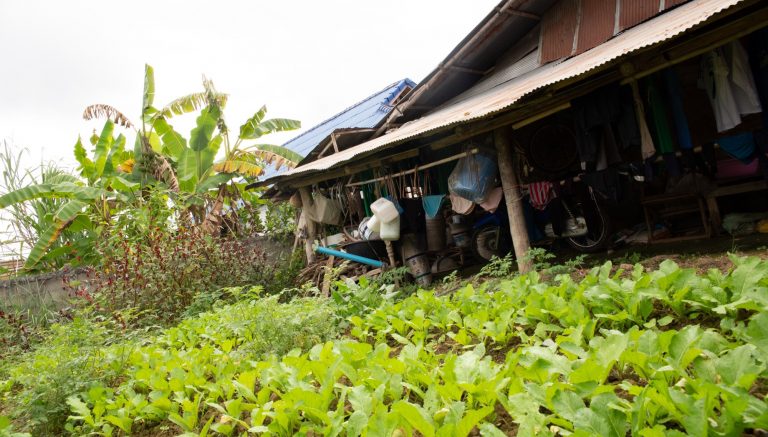
UHDP implements advocacy and development work according to the community’s ability and resources, which aligns with CEDAR’s belief. Over the years, CEDAR and UHDP have been assisting those hill tribes without farmlands to grow vegetables on small land spaces next to their houses. They can provide for themselves by growing seasonal vegetables and bananas with natural fertilisers, or keeping chickens, pigs and fish. If they manage their small farms in backyards well according to the seasons, their produce should be sufficient for their family, and even sell in the market or share with their neighbours. Tui said that backyard farming was initially hill tribes’ culture. UHDP supports them to master the techniques and enhance their produce’s quantity and quality.
“Our colleagues come from different tribes and can speak tribal dialects. We first enter local communities and learn from them. Then we make development plans based on what they have.” Tui believes that hill tribes have their unique wisdom and their work has to be contextual. If we impose a particular model onto communities, the result can only be counterproductive.
Embracing his ethnic identity and dedicating to advocacy and development for hill tribes, Tui’s commitment illustrates his respect and obligation to the community. May Tui’s service encourage each of us to be a beautiful testimony in our own environment.
We have introduced our work and partners from various aspects in last few issues as follows:
| Theme | Share |
|
Integral Mission of Christians |
“Christian Response to Poverty” (Share 230); “Church & Community Mobilisation” (Share 226) |
| Local Education and Promotion “E” of “CEDAR” stands for “Education” |
“Education on Helping the Poor Starts from a Young Age” (Share 231) |
| Development Projects “D” of “CEDAR” stands for “Development” |
“Reconciliation” (Share 228); “Community Development” (Share 227) |
| Advocacy Work “A” of “CEDAR” stands for “Advocacy” |
“Hill tribes’ blood is in my veins.” (Share 232); “Human Trafficking” (Share 225) |
| Disaster Relief, Rehabilitation & Prevention “R” of “CEDAR” stands for “Relief” |
“Disaster Risk Reduction” (Share 229) |
Content of this issue
Written by: Lai Ka Chun In mid-2018, a junior football team and their assistant coach were rescued after 18 days in Tham Luang Nang Non cave in Chiang Rai Province, Thailand. Their 25-year-old coach’s care in the cave was indispensable. This incident made the coach a hero in Thais’ hearts. However, this coach was originally stateless, as well as the other 3 boys, who had no Thai citizenships. According to UNHCR, there are about 480,000 stateless people in Thailand, and most of them were living in remote mountainous area near the border. As they belonged to no country, they could not enjoy the rights of education, healthcare, employment, and social security as other citizens. Even though they lived…
Written by: Au Bing Chung (Lecturer at the Christian Ministry Institute) Resurrection is an eschatological idea, and Integral Mission addresses the responsibility and stewardship of Christians living on earth. Although there seems to be no apparent connection between the two, the eschatological view of Christians will affect how they interpret their missions. For instance, if a person believes that the world will be in ultimate destruction at the end days, he will put less effort in constructing a world that will be wiped out eventually. On the other hand, if the believers anticipate a forthcoming new world that is connected to and evolved from the present world, they will somehow attend to the world’s development and conservation. Paul…
We put on armors to fight to eliminate harmful traditional practicesSubvert the harmful influences and effectsWe are united and determined to take actionsBecause we are now well awaken to the scourge. Ignorant people in the pastHave been badly harmed by themBecause they did not know any better.Ignorant people in the past believedHarmful traditional practices were good for themWhen indeed their lives were at stake. Female Genital Mutilation is a major harmful practice.Sugar-coated as prestigious and noble,FGM suffocated our mothersWe regret and repent for the harm incurred.FGM steals away sexual pleasures, corrupts marriagesAnd adds complications to child birth. (Lyrics edited by CEDAR Fund, originally written by a memberfrom the ant-FGM group in Ethiopia.) Under the warmth of the bright…
Banner image: The author (far right) and other trippers visited ethnic minorities in northern Thailand Written by: Janice Cheng (participant of CEDAR’s exposure trip in 2018; church pastor) In December last year, I went to the Thai-Myanmar border with CEDAR to learn about their poverty alleviation projects in the area. The 8-day trip enabled me to understand more about the region. We visited some villages with CEDAR’s local partners and spoke to various individuals during our time there. The residents are mostly ethnic minority groups from the mountainous areas, and they all have their own predicaments to overcome. There are abandoned single mothers and minority groups who have been relocated to the border area in northern Thailand due…



